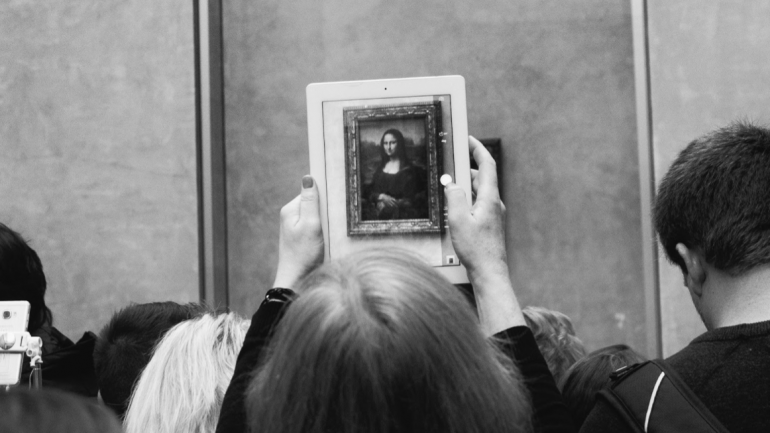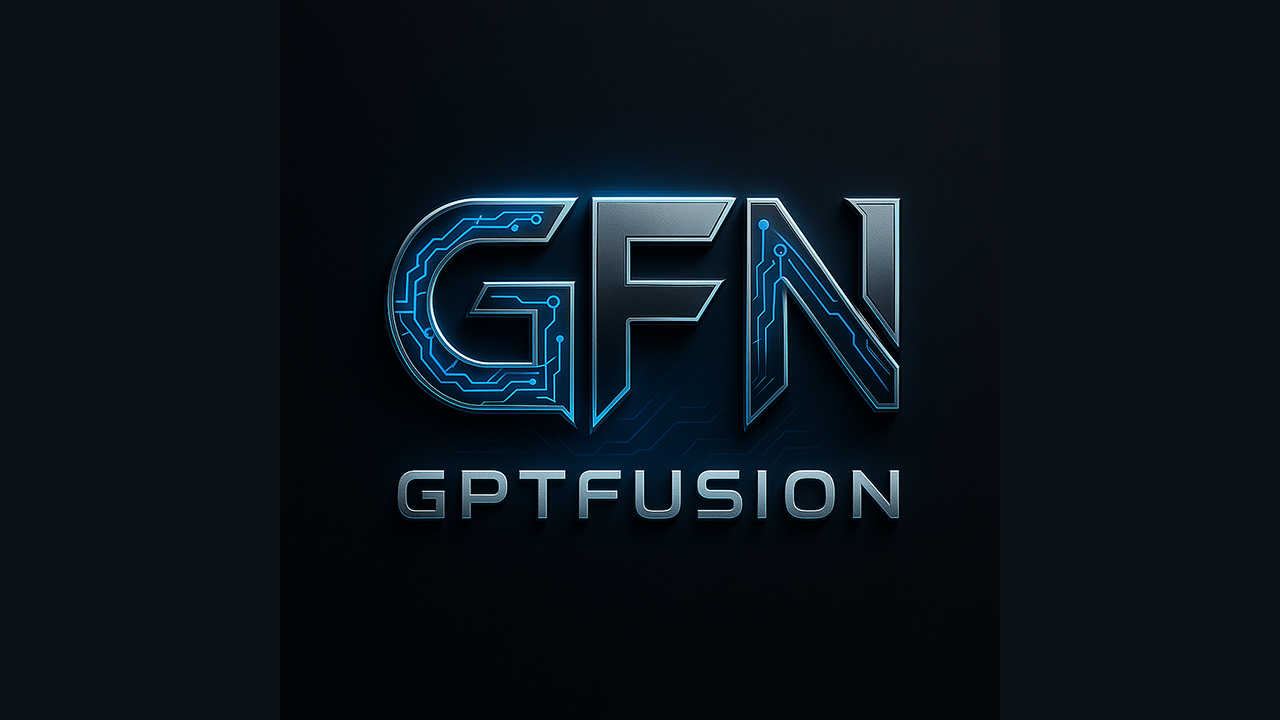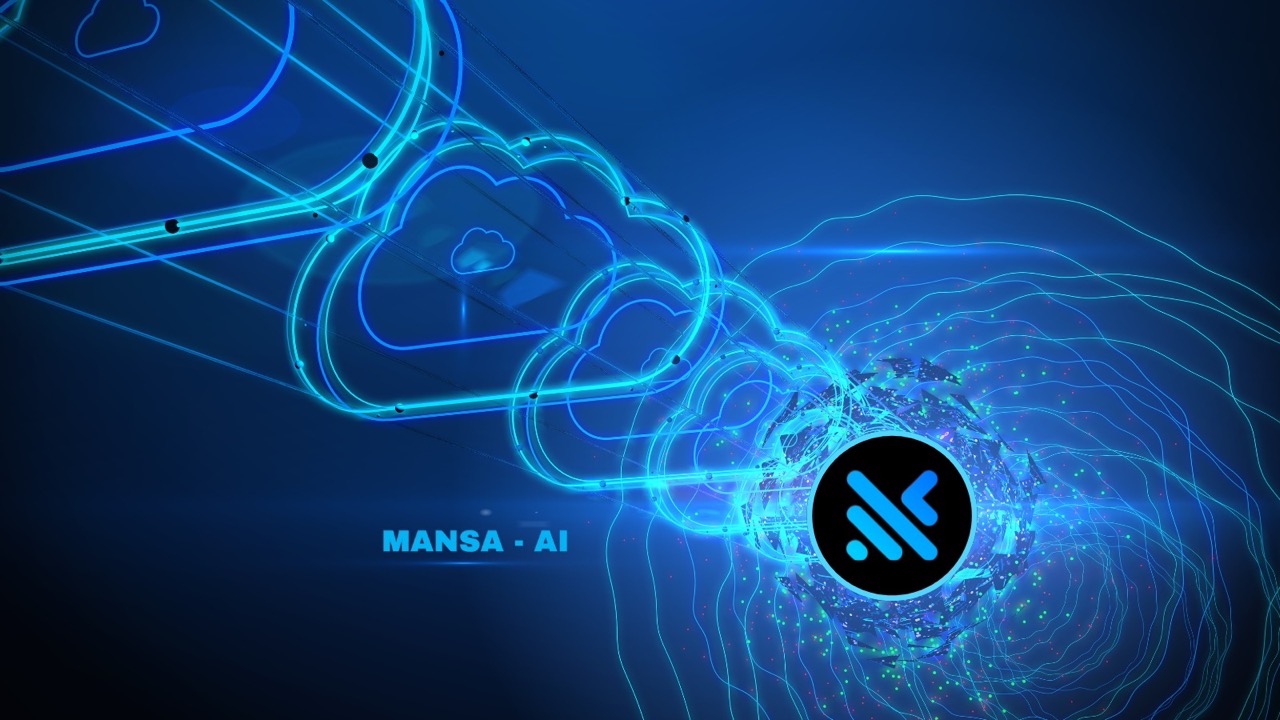Last year, non-fungible tokens (NFTs) hit the mainstream thanks to rapid growth: experts at U.S. bank Goldman Sachs estimated the market volume at $17 billion in October 2021. In 2020, it was still around 340 million dollars, according to the market research website Nonfungible.com.
Experts predict the final breakthrough for the technology in 2022. But there are also critical voices: They warn of a huge speculative bubble. Buyers and sellers should be aware of the risk: If demand and hype for an object decline, the NFT can rapidly lose value.
From an investor’s perspective, NFTs enable a whole new asset class. This makes the digital property certificates, which are based on blockchain technology, increasingly interesting for artists as well. Where to buy NFTs is well known to crypto fans – similarly to exchanging automatically with a trading bot on Kraken in 2022.
But how do you create and sell your own NFT? What to look out for when creating and selling NFTs.
What Are the Chances of Actually Selling an NFT?
Sixty-nine million dollars was realized by artist Mike Winklemann’s collage “Everydays: The first 5000 Days” at an auction last year. It is the most expensive NFT ever sold.
One should not be fooled by large sums like this: Not every NFT sells for top dollar – quite a few don’t find buyers at all. The market for those NFTs that do sell for high sums has so far been reserved for a comparatively small group.
A team of researchers published a report in the journal Nature in October showing that the average selling price of 75% of NFTs is less than $15. Only one percent of NFTs achieved prices above $1,594 during the study period between June 2017 and April 2021.
Furthermore, only 10% of dealers are responsible for 85% of all transactions. And although art NFTs are currently receiving a particularly large amount of public attention, they only account for 10% of the market.
The share of digital collectibles, such as baseball trading cards or NFTs used in video games, is much higher.
Well-known artists have it easier than beginners. They already have fans and buyers for their analog art who follow them into the digital realm. Smart minimum pricing and a skillful marketing strategy can help find buyers.
NFTs: What Are the Benefits for Artists?
NFTs serve to secure ownership of digital as well as tangible assets. Artists can thus offer their works directly worldwide.
This allows them to bypass auction houses and gallery owners who charge buyers a premium on the auction price.
Plus, creators of NFTs can profit from a resale. In that case, designers program automatic royalties into the blockchain of their works. If the NFT is resold, the artist automatically receives a percentage of the sale price.
Create NFT Yourself: What Are the Requirements?
Anyone can create an NFT, no reputation as an artist is required. The prerequisite is that you hold the ownership rights to the artwork you want to sell in the form of an NFT.
You will also need a crypto wallet and some coins to pay fees and eventually receive cryptocurrencies as payment when the NFT is sold. Since most NFTs are based on the Ethereum blockchain, it is recommended to buy Ether.
Costs and Fees: Can NFTs Be Created for Free?
Artists should find out exactly about the costs and fees in advance. The fees differ from platform to platform. On many marketplaces, NFTs can now be created for free.
It is true that no fee is charged for creating the NFT. But if the NFT is sold, the company charges a service fee of 2.5% of the sales price.
The reason: instead of storing data on the blockchain immediately after creation, NFTs are minted when purchased. This process is also known as minting. So the buyer pays the gas fee at the time of NFT purchase.
Instructions: 3 Steps to Your Own NFT
Step 1: Create Art
An NFT can be anything that can be tokenized. So, in addition to digital artwork, analog artwork, music, videos, or trading cards can also be sold as NFTs. However, the most valuable NFTs are currently digital artworks.
No special software or app is required to create digital art. Depending on the type of artwork, anything from graphics and image editing software to video, audio, and 3D programs can be used.
So artists can make NFT art using Android and iOS, as well as on mobile, laptop or PC. To create NFTs from analog works, the items must be photographed or scanned.
Step 2: Create NFT
Next, the artist chooses a marketplace to turn the artwork into an NFT to offer for sale. The process is also known as stamping or minting. Once minted, it is impossible to edit the file stored on the blockchain.
In addition to the upcoming fees charged by each platform, designers should also be aware of marketplace specifications. Such as what file formats and sizes are allowed.
The file is then uploaded to the platform. In a kind of profile, the artist provides interested buyers with further information. In addition to a name, the NFT also needs a description.
If all the information is there, you have successfully created the NFT. Only no one can buy the NFT yet.
Step 3: Sell NFT
For your NFT to be displayed to buyers, you must offer it for sale. To do this, click on “Sell”. Now you have to decide which tokens are accepted as payment and whether you want to sell your NFT at a fixed price or via auction. If you decide for an auction, you have to set a minimum bid.
The percentage that the artist will receive when the NFT changes hands is also set here.
Once the process is complete, the audience can be made aware of the NFTs on the NFT marketplace. Now they are waiting for an offer to buy.









Leave a Reply